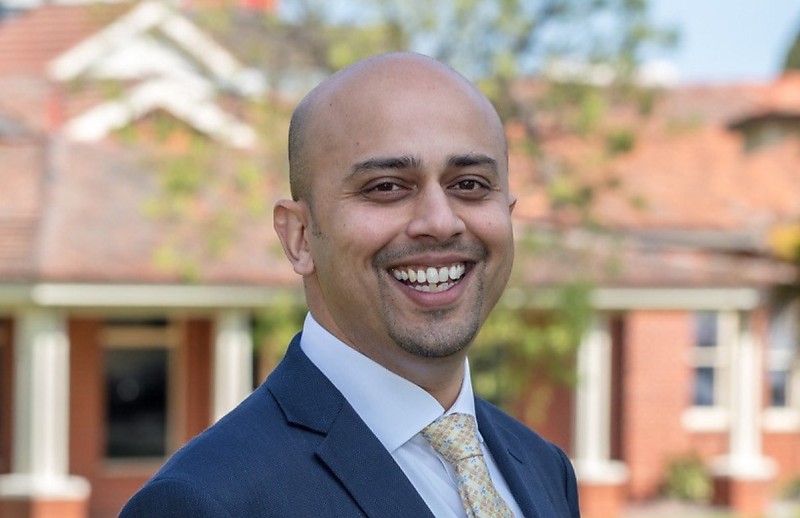How to build a bridge between advice and accountancy
BusinessFor the best interests of clients, their financial advisers and tax professionals need to have a meaningful relationship.

History does not paint the most civil of unions between accountants and financial advisers. While both undeniably require the other’s input, intellect and consideration, for too long has there been a silo effect in the approach to a client’s holistic financial landscape. A divide between financial practitioners leads to fractures in a client’s financial outcomes and can even tarnish the relationship between the client and either (or both) financial firms.
We explore the hallmark of a meaningful relationship and how finance professionals can use transparency and integrity to bridge the divide between accountancy and advice.
Ultimately, it’s clients feeling the divide
As an adviser, having a discussion with clients about their accounting needs may be enough to satisfy your safe harbour principles, but may not be fully in the client’s best interests. Without understanding the strategy set by the client’s accountant, both professions could be unknowingly counteracting the other.
Relying on clients to pass information between the two ignores a chief benefit of an adviser relationship: liberation from handling their financial affairs. A perceived disconnect between the advice firm and accountancy practice can position clients to feel they are responsible for managing the relationship between the two and could reflect poorly on their overall service experience. Any misinformation or assumptions about data could jeopardise the client’s objectives, miss opportunities for refinement or risk losing the client.
What does integrity and transparency look like?
We’ve heard the words ‘integrity’ and ‘transparency’ being thrown around loosely, with no true metric to gauge the standard and embed them as practices.
For any practitioner to truly make a meaningful impact on their client, they need to formulate strategies based on a deep and thorough understanding of the entire financial (and personal) situation. Too often information is exchanged from advisers disregarding full context and only provides accountancy firms with the numbers they need.
This approach is often born from the outdated notion advisers are relationship-based, with accountants solely providing transactional value – nothing could be further from the truth.
The evolution of society, the digital age of information, and the intellect and sophistication of taxation and finance is such that integrity is impossible without managing client relationships in conjunction with accountants at all times, without ensuring the source of the client is crystal clear at all times and ensuring both financial professionals are working to the same goal, at all times.
Taxation forms a huge component in any long-term financial plan. Working directly with the accountant, rather than on second-hand information, is the only way to ensure the strategy you build for your client will effectively work with what the accountant is implementing.
Onboarding the accountant’s expertise
Financial planning practices often hone their expertise into a speciality advice area but remain oblivious to the same practice occurring in accountancy. To truly create a meaningful relationship between practices, each profession needs to understand the expertise the other brings to the table. This allows advice firms to introduce accounting practices to their panel of specialists as appropriate for the client’s needs and strategy.
In developing a dynamic, agile, and best-interest strategy for their clients, financial advisers should engage accountants well before advice is handed down to their clients. The guidance, input and advice from accounting partners is integral to the quality of advice and the client outcome.
Creating a conduit between busy financial firms
Accountancy and advice are both renowned for being busy industries. Demonstrating transparency and bolstering integrity can be difficult when moving at such a fast pace, which is why creating a conduit can help channel accurate and timely information between the two – it keeps the client as the central focus.
The role of a client relationship manager is one approach that can ensure your financial planning practice takes accountability for the exchange of information between your firm and the accountancy practice (as well as the client).
Having one point-of-call creates transparency for all involved, and the accountability of the client relationship manager fosters the integrity required to ensure the divide is bridged between the two services. By establishing a relationship between the accountancy partner and CRM, financial advisory firms can establish an open communication channel for both input and updates from all parties.
Keeping accountants and clients in the loop as the advice process progresses is not only a best-practice methodology – it also aids in maintaining credibility for both professionals and achieves greater continuity in the client experience.
The role of client relationship managers
In our practice we have introduced a client relationship manager role designed with more than the client relationship in mind. We extend our relationship-centric approach past our clients and on to our accountancy partners. By adopting a partnership philosophy and using our CRM team, we can ensure accountants receive integrity in transparency.
The divide between accountancy and financial advice has been a longstanding issue, leading to fractures in clients’ financial outcomes and tarnishing the relationship between financial firms and clients. The key to bridging this divide is through transparency and integrity, which can be achieved by creating a meaningful relationship between accountants and advisers. Practitioners must formulate strategies based on a deep understanding of the entire financial situation and work with accountants directly to ensure the strategy is aligned with their work.
Onboarding the accountant’s expertise, creating a conduit between busy financial firms, and introducing the role of a client relationship manager are some ways to establish an open communication channel and maintain credibility for both professionals while achieving greater continuity in the client experience.
Nik Lal is CEO and founder of Sherpa Financial Group.



